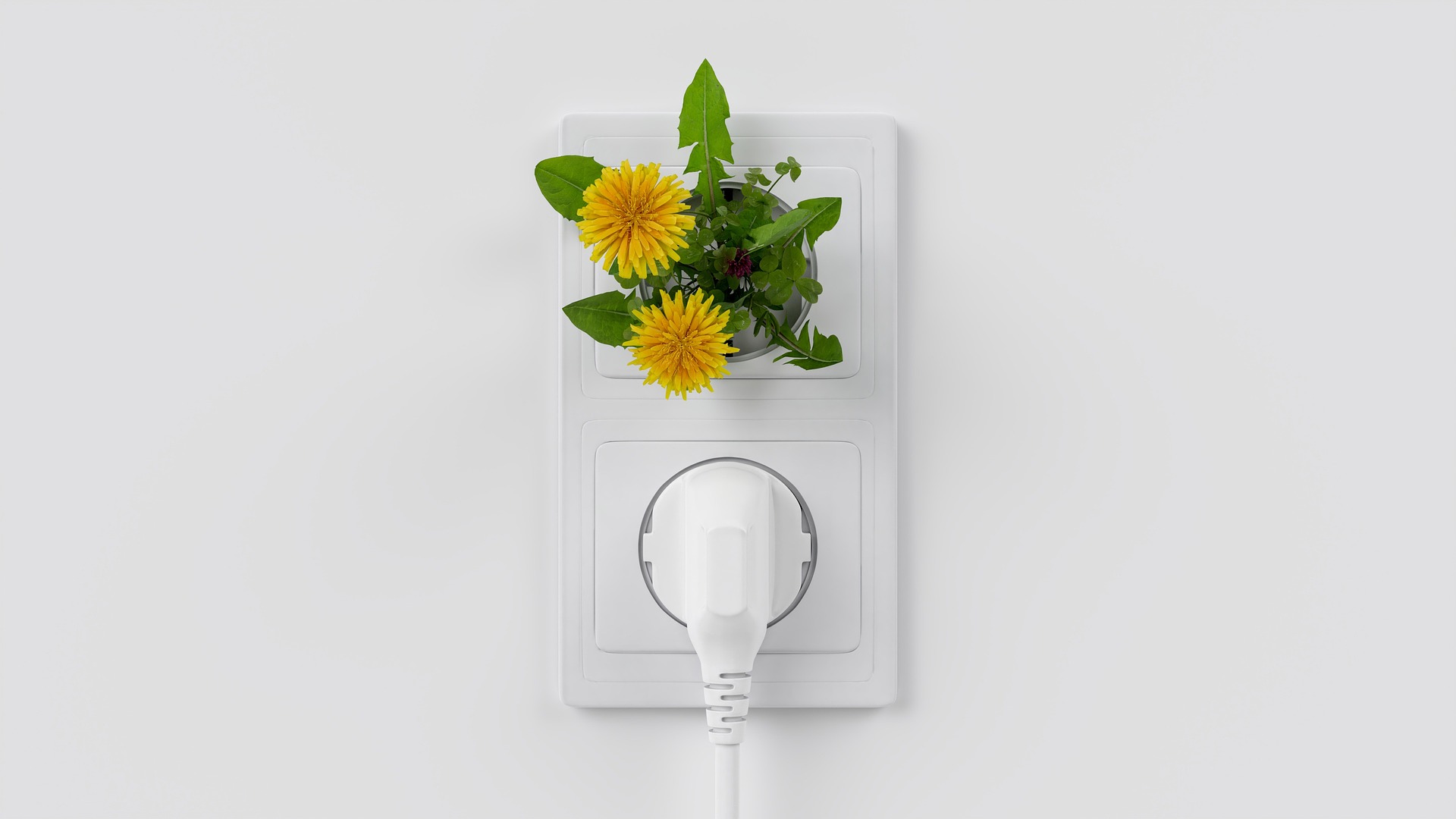
Childproofing Electricity: A Parent's Guide to Safeguarding Kids from Electrical Dangers
Introduction
Electricity: it lights up our homes, powers our gadgets, and makes our daily tasks easier. However, as beneficial as it is, it comes with risks, especially for curious little ones. This electrical safety guide is designed to give parents like you the tools and electrical safety information to ensure a safe environment for your children, without the added jargon.

Disclaimer
The information provided in this guide offers general guidelines on electrical safety. It does not serve as a replacement for professional advice. Always prioritize and adhere to the recommendations of your local health and emergency services. If you harbor any concerns or doubts regarding electrical safety in your residence, it's imperative to seek consultation from a licensed electrician or a qualified safety expert.
1. Education is Key
Educating children about electrical safety rules should be as foundational as teaching them to cross the street safely. By understanding the 'whys' behind the 'don'ts,' children can make informed decisions even when adults aren't around.

Begin with a Chat
Start the conversation early and in a setting where they feel comfortable. Use relatable analogies that make sense to a child's world. For instance, you can compare electricity to a river: "Just as we don't jump into a fast-moving river because it's dangerous, we don't play with electrical sockets or devices."
Role-playing Scenarios:
Turn these lessons into a game! Set up different scenarios and ask them what they'd do. "What would you do if your ball landed near an exposed wire?" By letting them think through the situation and guiding them to the correct decision, you're reinforcing safety practices in a fun and memorable way.
Interactive Learning Tools
- Educational Apps and Sites: In today's digital age, there are several apps tailored to teach children about electricity safety rules. Apps like "Keep Sparky Safe" and sites like Electric Universe offer games, puzzles, and quizzes about electrical safety.
- Engaging Videos: Platforms like YouTube have channels dedicated to children's education. Look for videos that are age-appropriate and have catchy songs or animations to explain electrical safety.
- Books and Storytime: There are numerous children's books that deal with the topic of safety, some of them like Mr. Plug Fun Book and Safety First! even are tailored to electrical safety. Reading them during storytime can be both educational and bonding.

2. Childproofing Your Home for Electrical Safety
Childproofing your home is an integral part of electrical safety for kids. As they grow, they’ll want to explore! So it's essential to childproof – covering outlets, managing cords, and placing appliances out of reach, ensuring that every corner of your house is safeguarded against potential electrical dangers.
Remember, the concept of childproofing isn't static; it evolves as your child matures. As they advance in age and height, ensuring that electrical outlets and gadgets remain inaccessible or securely protected is imperative.
Childproofing is also no substitute for adequate education! A determined, curious child is able to bypass many proofing mechanisms you put before them — so sate their curiosity before they try to do so by themselves!
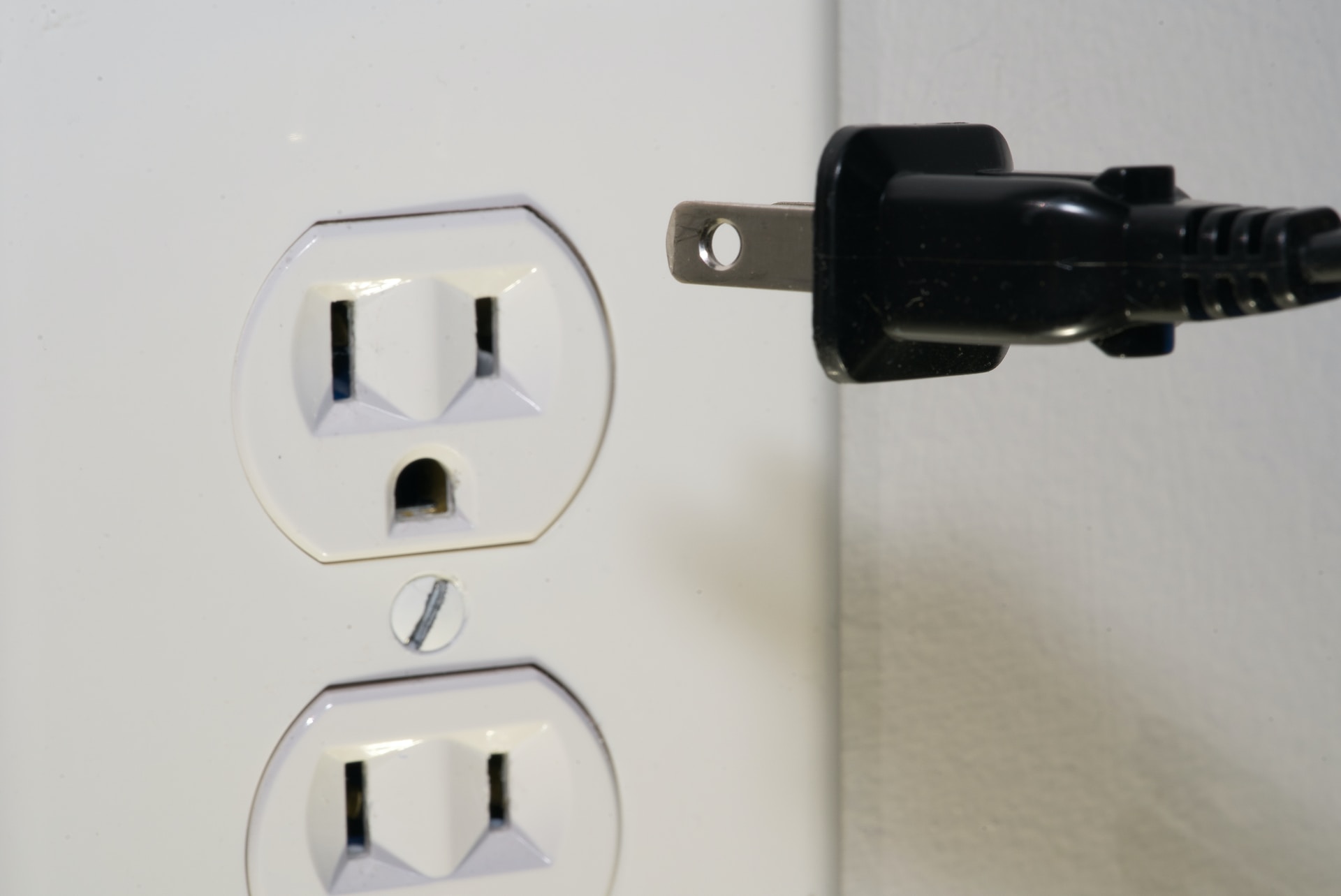
Product Recommendations
- Safety Outlet Cover: Covers like these are specifically designed to prevent little fingers from poking into electrical outlets, making them a must-have for any household with young children.
- Cord sleeves, boxes and covers: Loose cords can be fascinating for children, but they are also a potential hazard. Cord sleeves, cord management boxes and cord covers neatly bundle cords, reducing the risk of entanglement or kids pulling appliances down.
- Appliance Latches: These latches ensure that curious kids can't open appliances like ovens or washing machines. It's an added layer of safety for those budding explorers.
Common Mistakes
- Overlooking Larger Appliances: While it's common to childproof small outlets, parents often forget about the dangers posed by larger appliances. For instance, unsecured TVs can be pulled down or tipped over by adventurous tots. Likewise, microwaves placed at kid-height can become an enticing button-filled playground.
- Forgetting the Bathroom: Many accidents can occur in the bathroom, from curious kids playing with hair dryers near water to tinkering with electric razors. Always unplug and store such devices out of children's reach after use.
- Ignoring the Garage: The garage is typically a hub for heavy-duty electrical tools. If it's accessible to children, it's essential to keep these tools unplugged and stored securely.
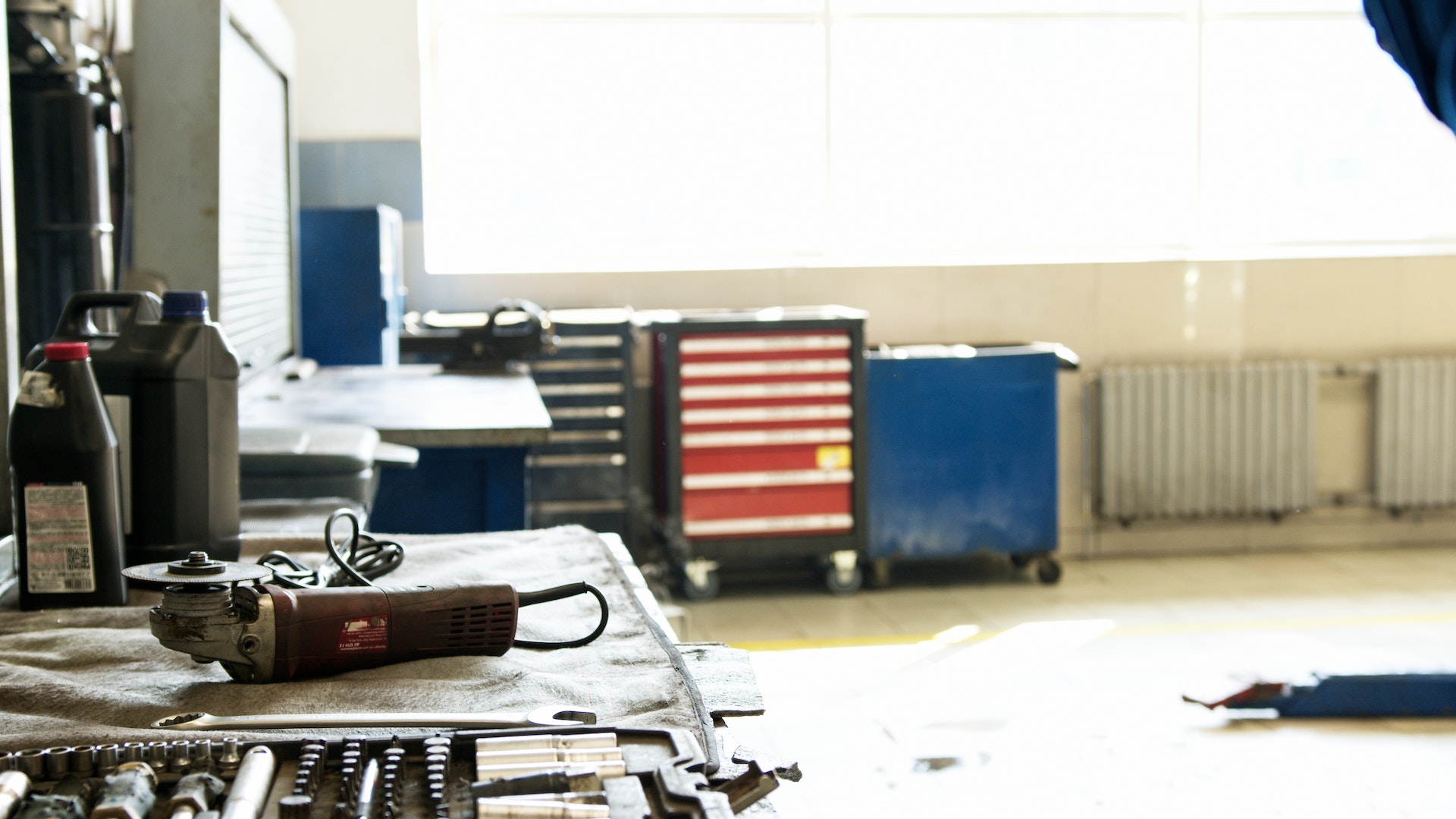
3. Identifying Electrical Hazards With Kids
Help your kids become little detectives in the realm of electricity safety. Encourage them to spot potential dangers like frayed cords or overloaded outlets and to inform you immediately.
You can turn hazard-spotting into a game! Can they find the mischievous frayed cord or the naughty overloaded socket? Reward them when they do, and fix the simpler issues together.
But remember: never replace a damaged cord or socket by yourself — always contact a certified electrician to do this job for you!
Some common hazards you can discuss with your child include:
- Frayed cords
- Overloaded outlets
- Appliances that have been left on
- Buzzing noises in outlets, walls, or appliances
- Water cups or containers being above, on top of, or near electrical appliances
- Smell of burnt plastic
- Appliances that are visibly smoking or appear deformed from heat (melted plastic)
- Exposed wires or plugs that aren't properly fit into their outlets
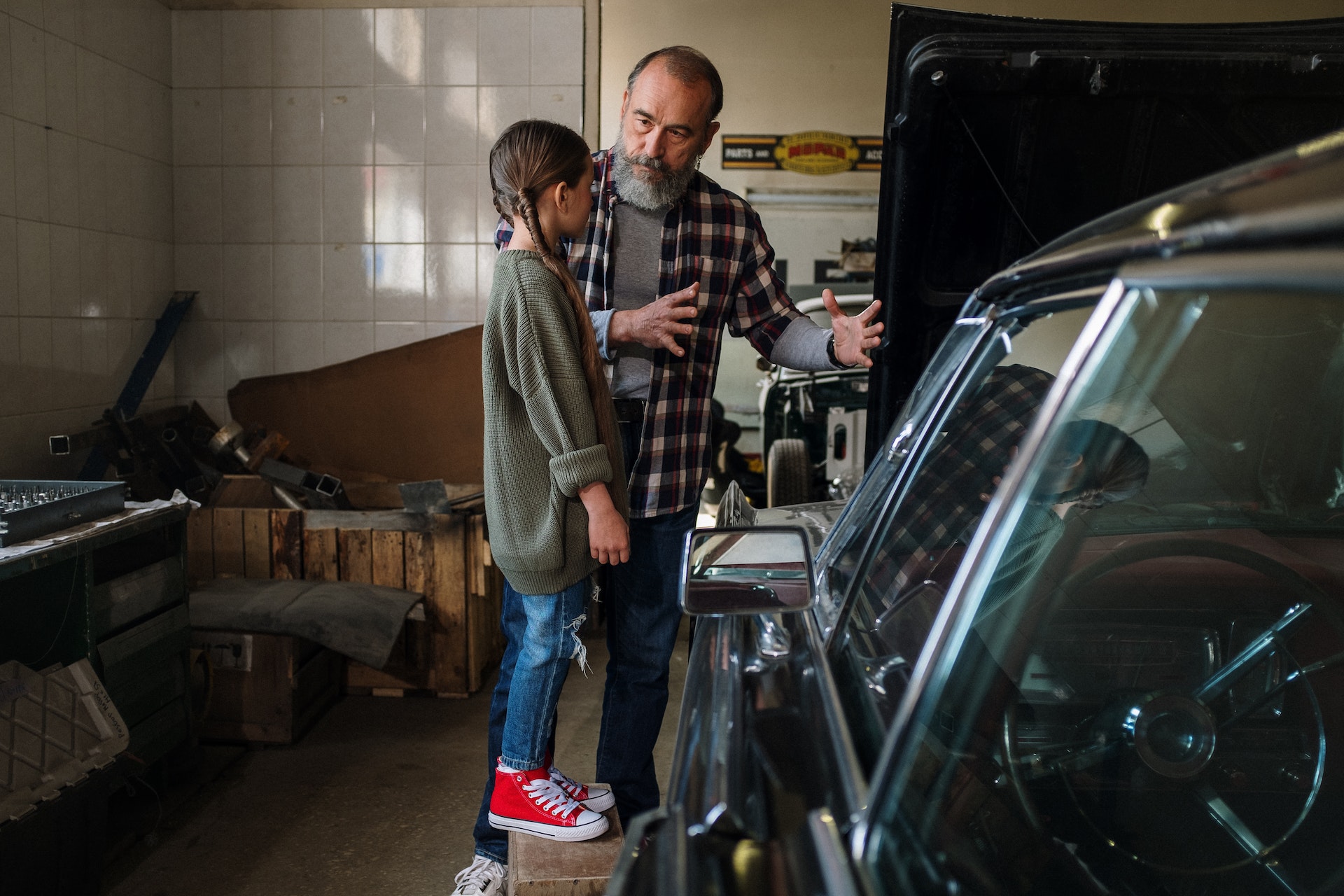
4. Fire Safety
Ensuring our little ones are safe from potential hazards is always a top priority. Fire safety might sound intimidating, but with the right approach, it can be an enlightening and even fun learning experience for the whole family. So let's make fire safety as approachable as storytime.
Smoke Detectors: The Beeping Guardians
Smoke detectors are like the watchful eyes in our home, always alert.
- Location, Location, Location: Place them in hallways, bedrooms, and common areas. Chat with your kids about why these locations matter – it's all about early detection!
- Test Time: Create a monthly “Beep Day” where you test detectors as a family. Explain to your kids that this little beep is the device's way of saying, "I'm here and I'm working to keep you safe!"
- Battery Bonanza: Once a year, let your child help you replace the batteries. It can be their special task, teaching them responsibility while ensuring your devices are ever-ready.
Fire Extinguishers: Not Just a Red Cylinder
Having a fire extinguisher is crucial, but knowing its workings? That's empowerment.
- Extinguisher Expedition: Sit your kids down and show them the extinguisher. Discuss the different types and where each one should be (like the kitchen or garage). Turn it into a mini treasure hunt, letting them point out where they are located in the house.
- P.A.S.S. Party: Acquaint older kids with the P.A.S.S. technique (Pull, Aim, Squeeze, Sweep). Make it a rhythmic chant or a dance, so they remember it while having a blast!
- Expiry Date Detective: Teach kids the importance of checking expiration dates. It’s not just for food – fire extinguishers have them too!

Escape Plans: Mapping the Adventure
Turning escape planning into an adventurous activity can make a potentially scary topic feel like a game.
- Drafting Day: Sketch the layout of your home together. Let the kids draw and color, and discuss the best exit routes from each room.
- Meet-up Mission: Together, choose a special meeting spot outside the house. Whether it's a tree or the neighborhood lamppost, this spot becomes your family's safe rally point.
- Role-Play Relay: Every once in a while, conduct a mock fire drill. Role-play different scenarios and challenge the family: Can everyone gather at the meeting spot in under two minutes? Reward your kids for their efficiency with a treat or special activity.

5. Understanding the Electrical Panel: Empowering Young Minds Safely
Electricity is like the invisible magic that powers our homes. But just as every magician has a secret behind their tricks, our homes have an important hub – the electrical panel. Navigating this area safely is paramount, especially when introducing our curious young minds to it.
Introducing the Electrical Hub
Begin by explaining to your older children that the electrical panel is like the control center for the home's electricity. It's where the power to different parts of the house can be turned on or off, ensuring that everything electrical runs smoothly.
Safety First and Always
Before diving deeper, reiterate safety guidelines:
- No Touching!: Emphasize that they should never touch the panel, especially without adult supervision.
- Dry Hands, Safe Hands: Make sure they know to never approach the panel with wet hands or if standing in water.
- Clear the Area: Items should never be stored in front of the panel. This ensures easy access during emergencies.
Recognizing Breakers
While keeping a safe distance, point out the different breakers to your children. Explain that each one corresponds to a different part of the house. Share a story or two about times when a breaker might have tripped in your home, and how it was safely reset.
Emergency Situations
Discuss scenarios when they might need to be aware of the panel, even if they won't directly interact with it:
- Power Outages: If lights go out unexpectedly, it might be due to a tripped breaker.
- Smelling Burning or Seeing Sparks: These are times to stay away from the panel and alert an adult immediately.
- Call for Backup: Always emphasize that, if they're unsure, they should ask an adult for help.
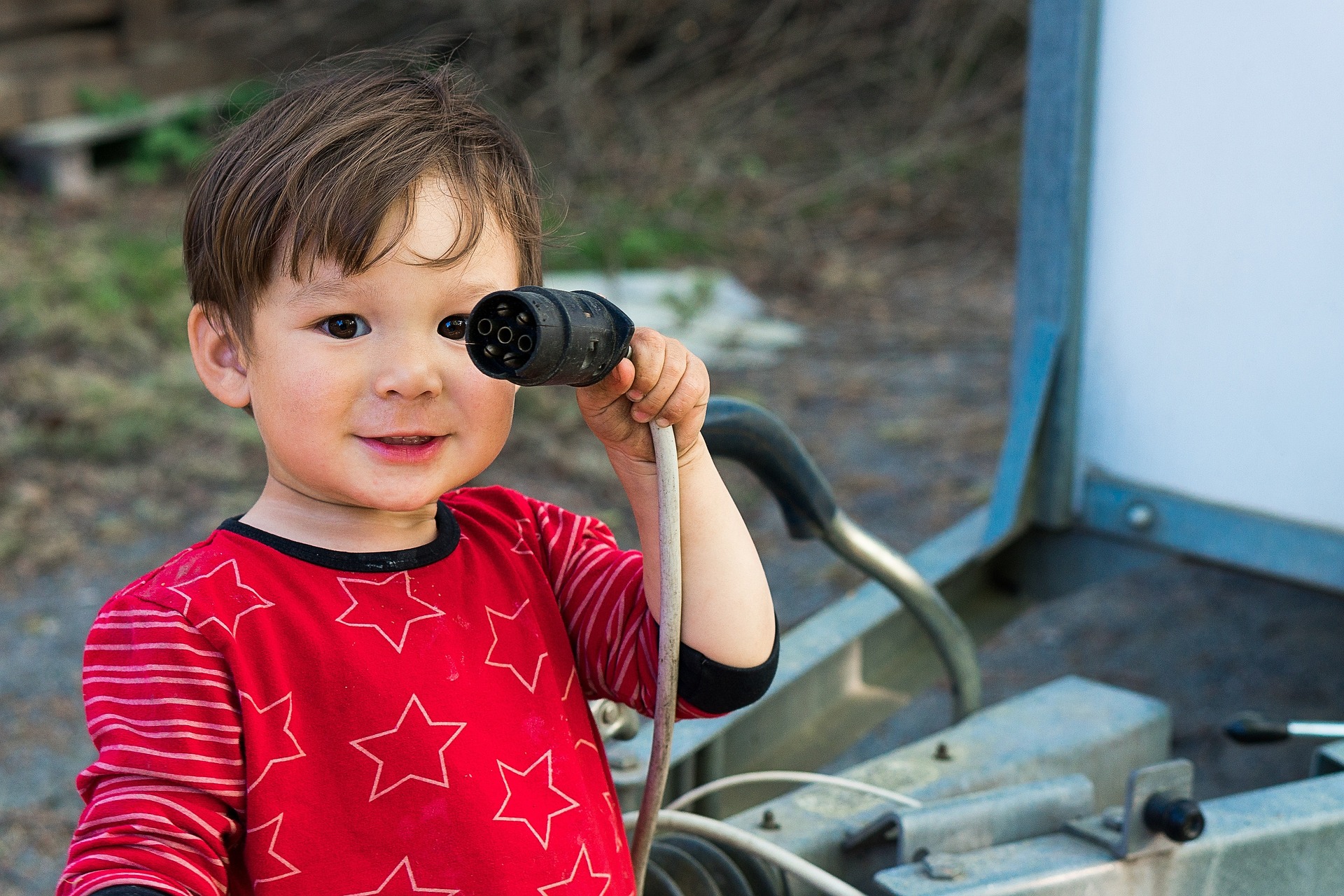
6. Digital Devices & Electrical Safety Tips For Kids
Today's digital age means children are often around electronic devices and electric toys. Teach them:
- Charging Safely: Never overload sockets with multiple device chargers.
- Device Care: Ensure devices aren't covered while charging to avoid overheating. For the same reason, do not leave charging devices on top of beds, under pillows or under bed covers.
- Cable Management: Encourage them to keep charging cables organized to prevent tripping or damage. Never pull a charger or a plug by its cable!
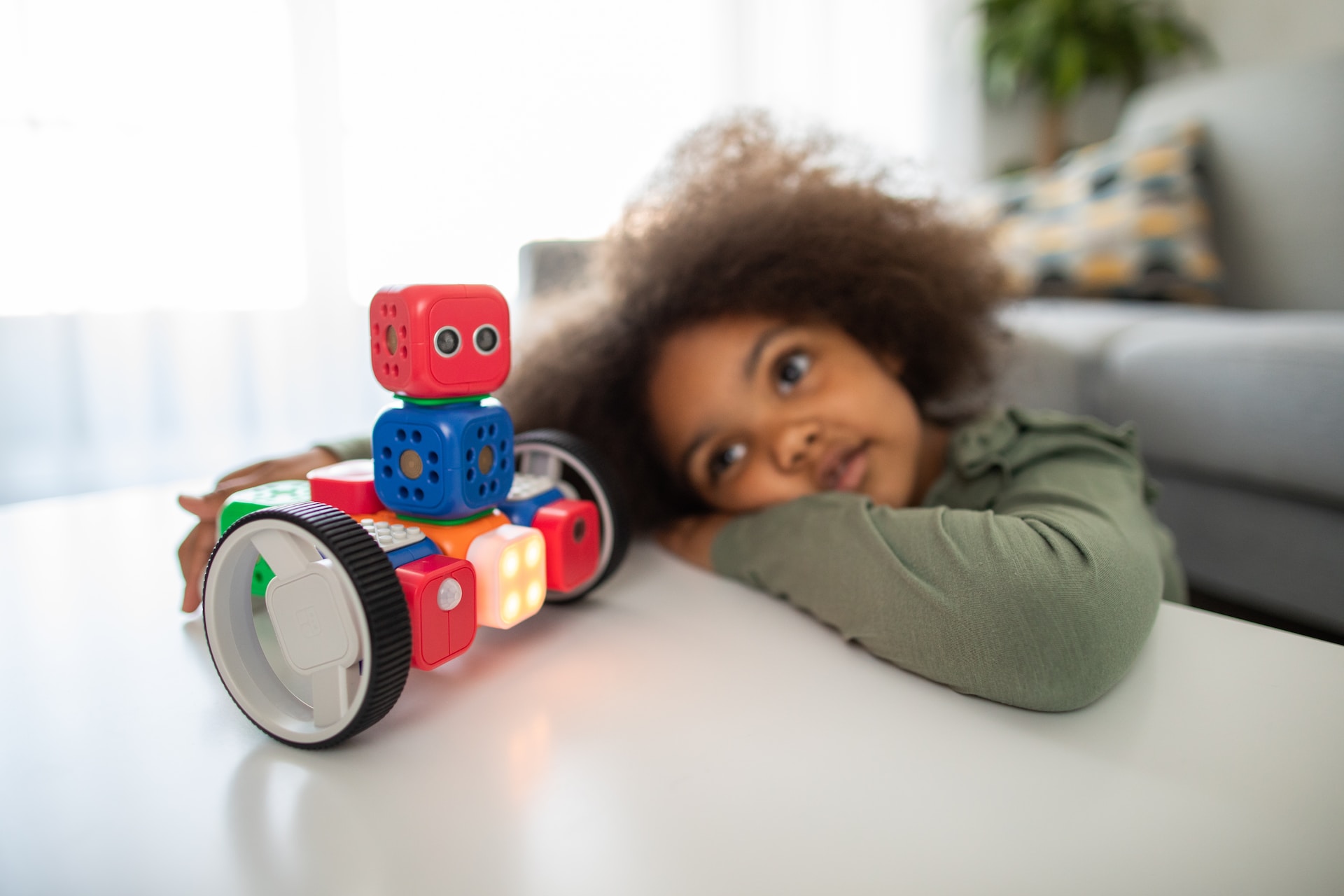
7. Nurturing Curiosity Safely
Every child's innate curiosity is a beautiful thing, a window to understanding and interacting with the world around them. As they grow and evolve, so does their interest, often gravitating towards the fascinating world of electronics.
Nurturing your child's curiosity about electronics in a safe manner is crucial. With the right guidance, their inquiries can lead to a deeper understanding of electricity safety rules.
- Guided Exploration: When a child is curious about something, like how a toaster operates, take it as a prime moment to teach. With the toaster unplugged, you might explain its basic function, always emphasizing that the inside parts are off-limits. Simple, hands-on demonstrations under your watchful eye can quench their thirst for knowledge while ensuring they're safe.
- Safe Discovery Areas: Design spaces within your home where children can delve into their curiosities without the risk of harm. Think of this zone as their personal lab, filled with engaging toys, crafts, and safe tools tailored for their age and interests.
- Electronics: Toys vs. Reality: No household gadget is a toy. Make sure your kids understand the distinction. If they're fascinated by a particular device, consider investing in child-friendly versions or toys that mimic the real thing.
- Open Conversations: Celebrate their questions and nurture their hunger for knowledge. When they come up to you, bright-eyed, asking, "Why does this happen?", be ready with simple explanations. Remember, it's not about overwhelming them with information but igniting the spark of understanding.
- Educational Kits: If they are old enough, consider gifting your child an educational kit that can help them better understand electricity. Only allow your child to play with the kit under supervision, however. You wouldn’t want them conducting any crazy improvised experiments!
- Educational Visits: Get to Know Organized visits to a local power plant can be a captivating way for older children to understand electricity management on a broader scale.
- Safety First: When their curiosity takes a hands-on turn, like wanting to help in the kitchen or joining in on a DIY project, ensure they have safety tools suited for them. This not only keeps them safe but also instills the importance of precaution from an early age.

8. Emergency Contact Numbers
Always have a list of emergency contact numbers readily available! In our fast-paced world, unexpected situations can arise. While we strive to create a safe bubble for our little ones, it's equally crucial to prepare them for emergencies when they're old enough to understand.
- Prominent Display: Place a list of emergency contact numbers in a location that's easily visible, like on the refrigerator or by the home phone. Remember to also include the address of your home!
- Speed Dial Setup: For older kids with access to phones, set up speed dials for essential numbers. This reduces the pressure of remembering or finding numbers during stressful times.
- Role-play: Periodically practice scenarios to clarify when and who to call.
- Clarify the 'Whens': Ensure they know the difference between calling 911 and reaching out to a trusted neighbor.
- Reassurance is Key: While it's essential to teach kids about emergencies, it's equally vital to reassure them. Let them know that these preparations are just in case, and that they're surrounded by a network of people ready to help.

9. Conclusion
Ensuring your children's safety around electricity isn't just about restrictions; it's about education and empowerment. By teaching them the fundamentals of electrical safety, you not only protect but also instill a sense of responsibility.
Share this electrical safety guide with fellow parents and caregivers to promote a safer environment for all children!


July 4, 2025
Energy Independence Starts at Home: 4 Ways to Declare Your Personal Freedom from High Bills This Fourth of July

June 20, 2025
How Smart Home Security Systems Affect Your Energy Usage

June 13, 2025
The Smart Texan’s Guide to Beating the Heat: Budget-Friendly Home Upgrades

June 3, 2025
Hurricane Season in Texas: How to Prepare for Power Outages

May 29, 2025
No AC? No Problem: How to Stay Cool During a Heatwave Without Air Conditioning

May 27, 2025
Battery Storage at Home: Are They Worth It?

May 23, 2025
Record May Heat in Texas 2025: What It Means for Your Summer Energy Bills

May 20, 2025
The Rising Popularity of EVs: What It Means for Your Electric Bill

May 16, 2025
Beat the Texas Heat: Summer AC Hacks That Save Money

April 17, 2025
The Truth About Phantom Loads: How Standby Power Is Draining Your Wallet

April 4, 2025
How to Perform a DIY Home Energy Audit and Cut Your Utility Bills

March 31, 2025
Smart Tips to Lower Your Electricity Bill

March 18, 2025
Green Energy 101: Decoding Renewable Electricity Plans

March 14, 2025
Upgrading to a Smart Thermostat: Why You Should Do it and What You Need to Know

February 24, 2025
Power Play: A Step-by-Step Guide to Estimating Your Home's Electricity Usage

February 3, 2025
How Weather Impacts Energy Prices: Understanding the Connection

January 22, 2025
The Datacenter Boom in Texas: Impact on Consumers and Energy Markets

January 21, 2025
How to Lower Your Electricity Bills and Save Big

January 17, 2025
Everything you need to know about Texas Retail Electric Providers (REPs)

December 23, 2024
10 Common Energy and Electricity Myths Debunked

December 18, 2024
How the Texas Electric Grid Works: Key Differences and Insights

December 13, 2024
Smart Plugs Explained: The Ultimate Guide

December 4, 2024
Winter Energy Savings: Tips to Lower Your Electricity Bill

November 27, 2024
Your Power To Choose: Setting Up Electricity Service and Switching Providers in Texas

September 24, 2024
Understanding Electricity Deposits: Why They Exist and How to Avoid Them

August 15, 2024
Surviving the Texas Heat Waves: Power Grids and Staying Cool
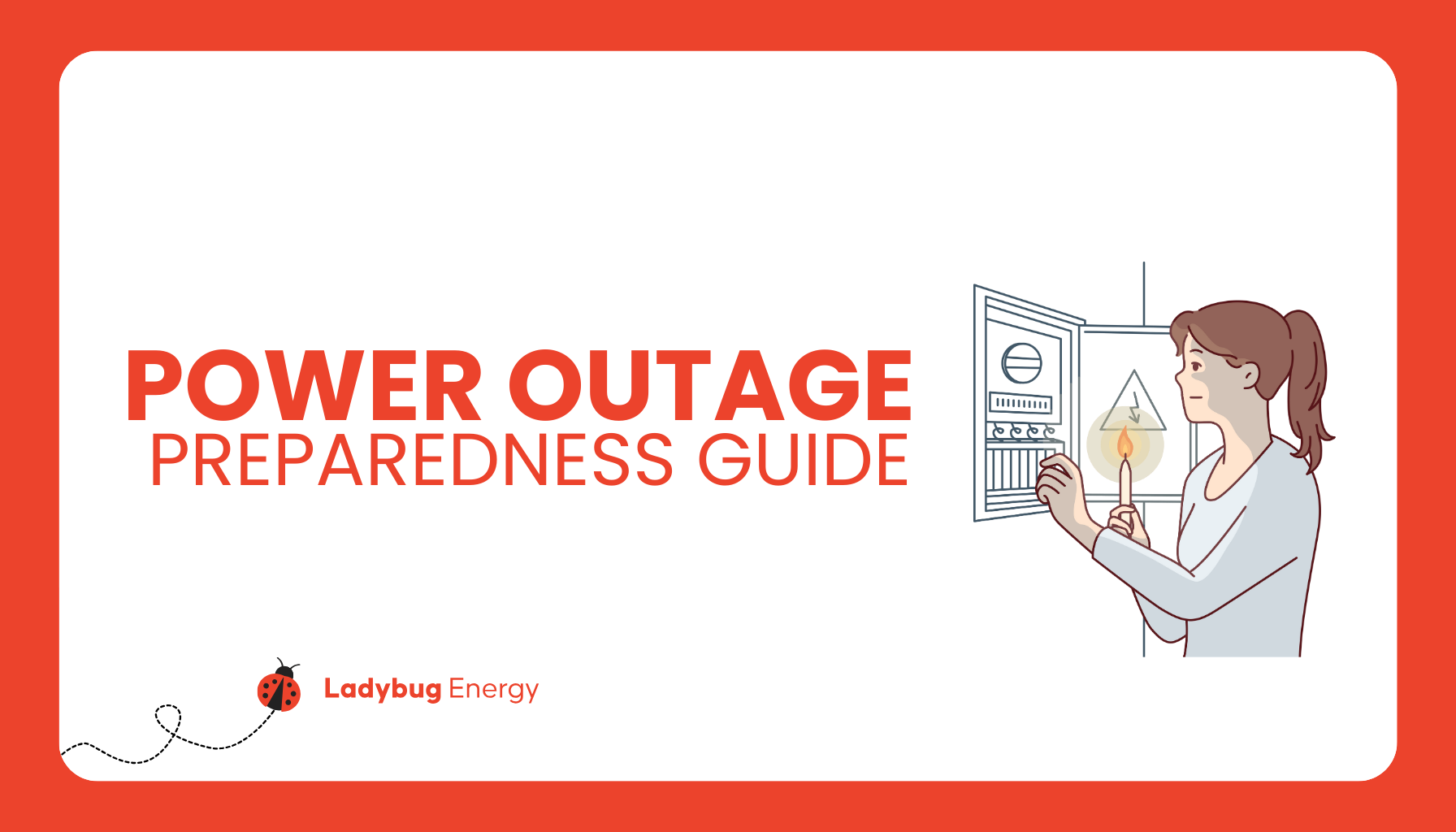
February 26, 2024
Power Outage Preparedness: A Complete Guide

February 9, 2024
Three Years After Uri: How Texans Can Help Prevent Future Power Outages

January 11, 2024
Best Energy Saving Devices for Your Home: From Smart Tech to LED Bulbs

November 28, 2023
How to Read an Electricity Facts Label (EFL)
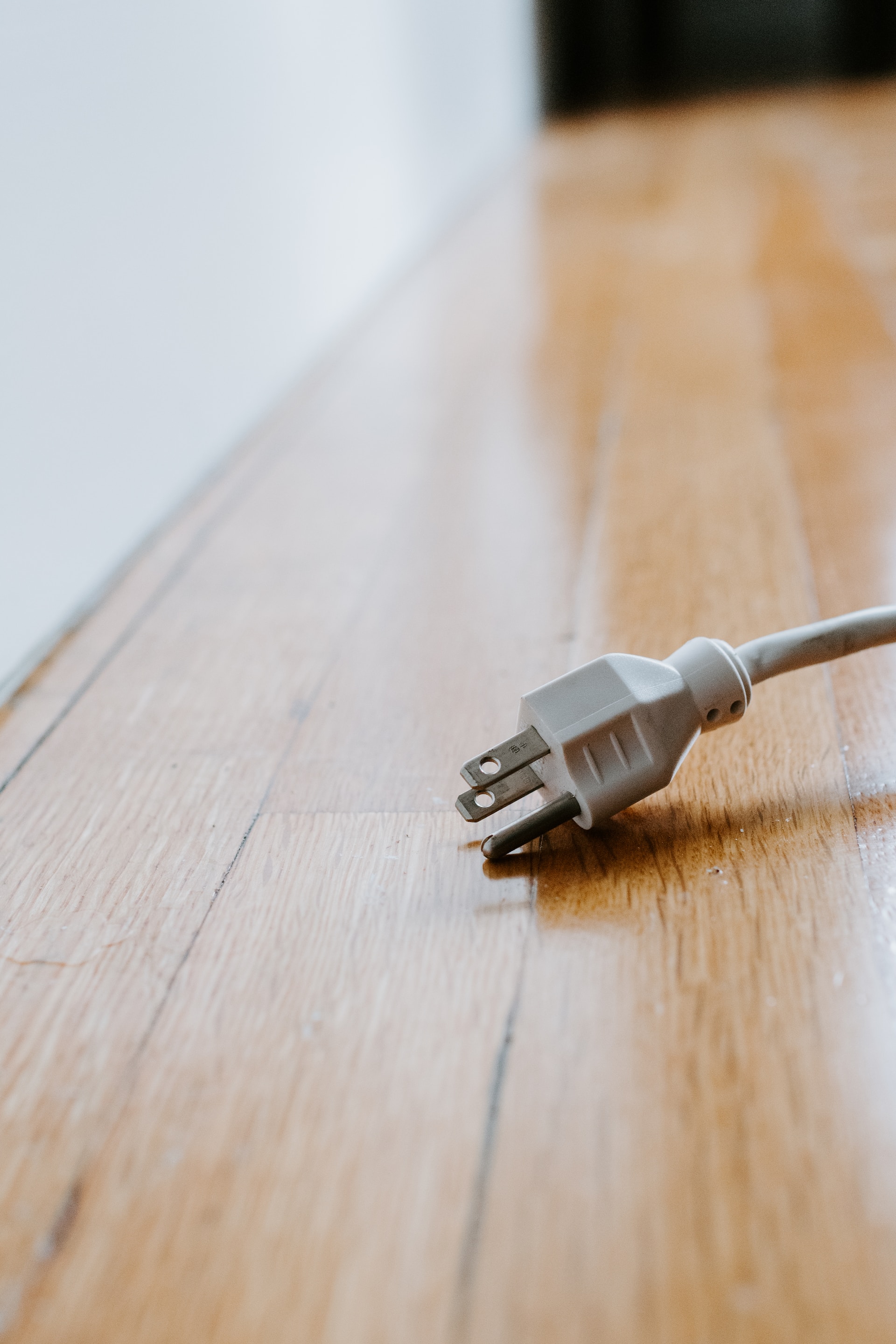
September 12, 2023
How Long Can a Landlord Leave You Without Electricity: What Tenants and Landlords Need to Know

July 19, 2023
Does Closing Off Rooms Save Heat? An Energy Efficiency Discussion

July 19, 2023